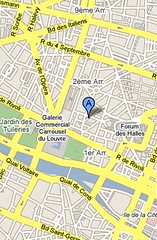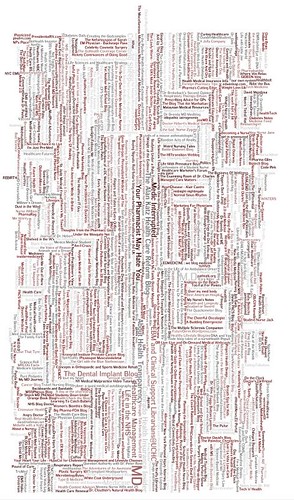If you happen to be based in UK or Ireland you can now apply for one of Wellcome Trust’s Arts Awards — which are given to organisations or individuals for projects that engage the public with biomedical science through the arts.
The general idea behind the scheme is that the Trust believes that art is a great mediator for the public engagement with science in general and with biomedicine in particular:
Visual art, music, moving image, creative writing and performance can reach new audiences which may not traditionally be interested in science and provide new ways of thinking about the social, cultural and ethical issues around contemporary science. Collaborative and interdisciplinary practice across the arts and sciences can help to provide new perspectives on both fields. The arts can also provide imaginative ways of engaging and educating young people in the field of science.
Thus the scheme aims to:
- stimulate interest and debate about biomedical science through the arts
- examine the social, cultural and ethical impact of biomedical science
- support formal and informal learning
- encourage new ways of thinking
- encourage interdisciplinary practice and collaborative partnerships in arts, science or education practice.
All art forms are covered by the programme, i.e. “dance, drama, performance arts, visual arts, music, film, craft, photography, creative writing or digital media”. People from a wide range of professinal backgrounds are eligible for awards, including artists, scientists, curators, filmmakers, writers, producers, directors, academics, science communicators, teachers, arts workers and education officers, and so forth. The only restriction is that the applicant and the activity must be based in UK or Ireland. Deadline is 10 October 2008 — see more one the scheme’s webpage: http://www.wellcome.ac.uk/Funding/Public-engagement/Grants/Arts-Awards

 In an
In an 




